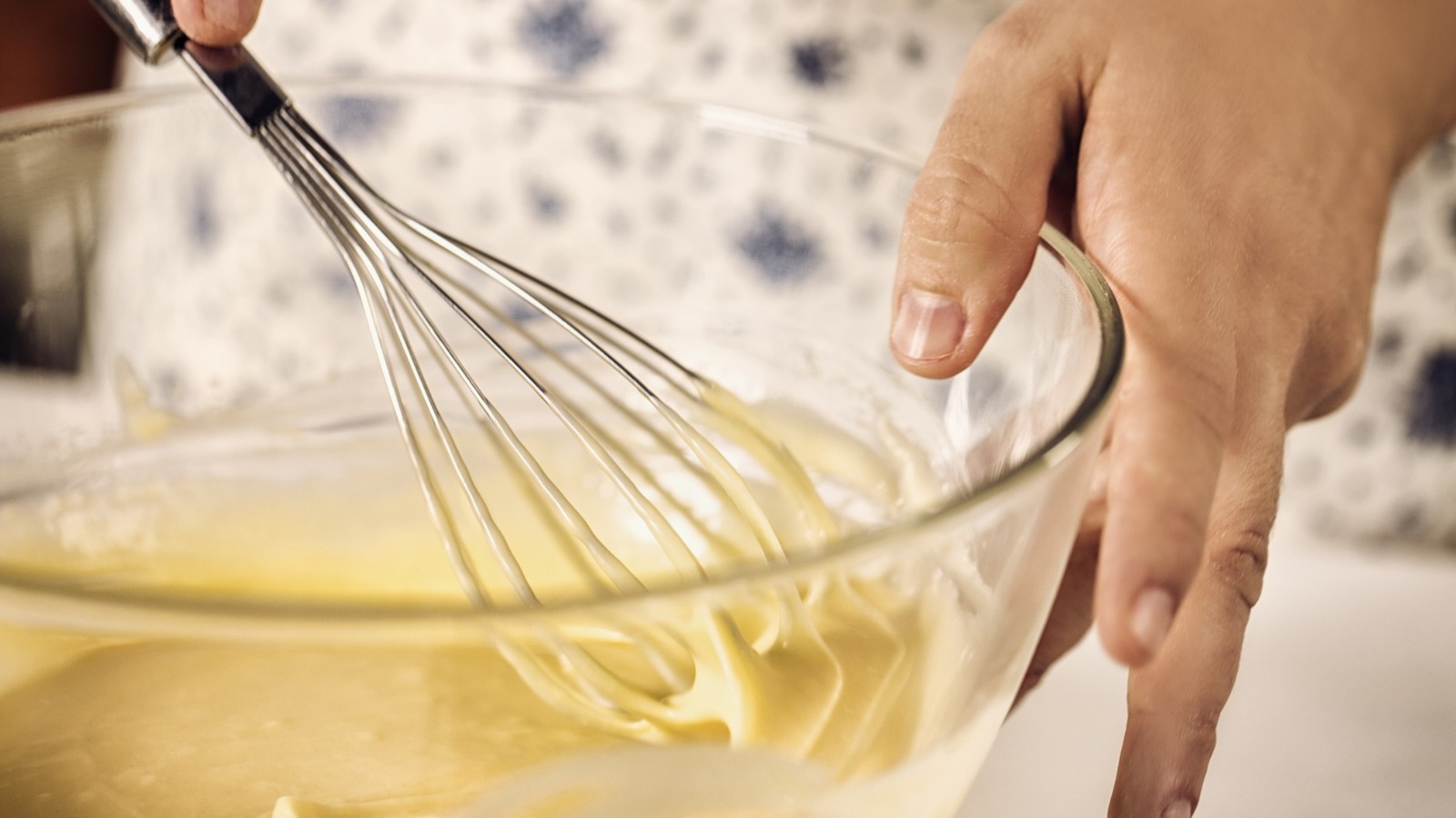
"Beating eggs means mixing them rapidly, usually with a mixer or a whisk. You want the eggs to thicken up and show an increase in volume. The point of beating is to both blend the eggs thoroughly and introduce some air. This is what is going to give structure to your batter. Beating eggs gives you a cake that is light, but has some good density to it. "This type of crumb cuts beautifully and produces very little crumbs," says Cianfanelli."
"Whisking takes aeration to the next level and you don't want to do this one by hand. By whipping egg whites or yolks vigorously you'll create those stiff peaks that are a hallmark of dishes like meringue. You're adding a lot of small air bubbles this way, which turns your eggs into a stable foam. "This foam expands, giving the cake a light and fluffy texture," Cianfanelli explains. The result is a cake with impressive height and a delicate crumb."
"Folding comes into play once the eggs have been whipped. The goal here is to gently combine them with the rest of the batter without popping those air bubbles. Bakers typically use a spatula to lift from the bottom and turn the mixture over itself. "Folding the eggs will prevent the batter from becoming dense and heavy and ensure the cake stays light and airy," says Cianfanelli."
Beating eggs involves rapid mixing with a whisk or mixer to thicken eggs, increase volume, blend thoroughly, and introduce some air, creating structure for a batter. Beaten eggs yield cakes that are light with good density and a crumb that cuts cleanly with minimal crumbs. Whisking eggs by vigorously whipping whites or yolks adds many small air bubbles and produces a stable foam with stiff peaks; that foam expands to give cakes height, lightness, and a delicate crumb. Folding is a gentle technique using a spatula to combine whipped eggs with batter without deflating air bubbles, preserving lightness.
Read at Tasting Table
Unable to calculate read time
Collection
[
|
...
]